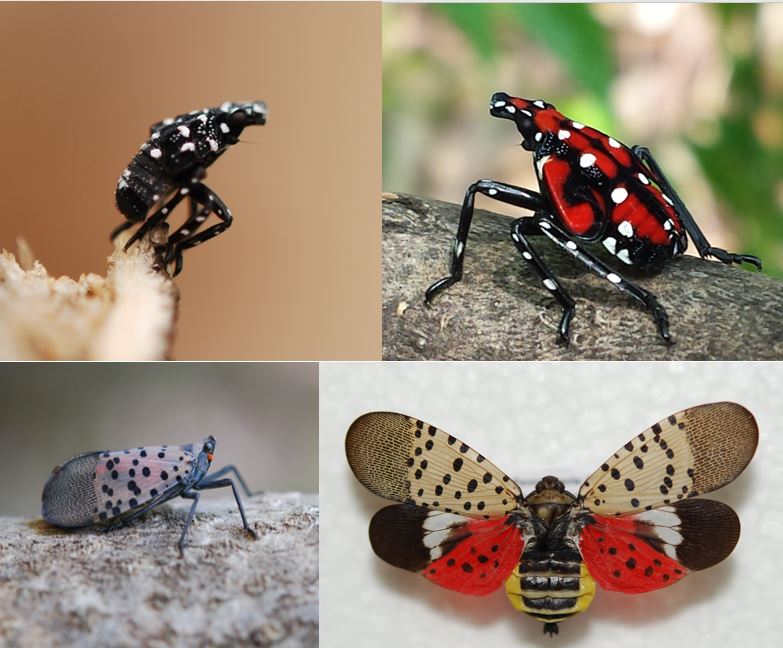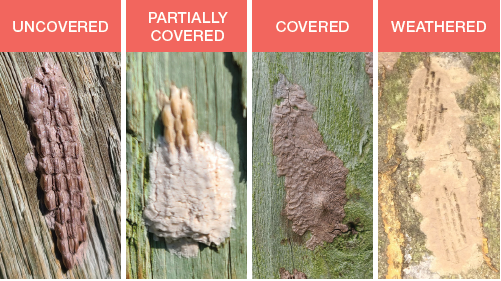

Have you noticed a strange new bug in your area? As black, turned red, spotted lanternfly nymphs grow into winged, jumping bugs many have never encountered before, the possibility of these creatures laying eggs across the state increases.
The Delaware Farm Bureau is urging the public to learn about the spotted lanternfly and kill it immediately. More information is available online at the Delaware’s Department of Agriculture’s Website: https://agriculture.delaware.gov/plant-industries/spotted-lanternfly/.
According to the Department’s website, the spotted lanternfly isn’t just a threat to Delaware and the country, it “. . .is detrimental to Delaware’s agricultural industries, the environment, and residential areas, and has an impact on interstate commerce. This insect is a destructive, invasive plant hopper that attacks many hosts, including forests, ornamental trees, orchards, hops, and grapes.”
In its simplest form, a host of spotted lanternflies can deplete a tree or crop of its resources very quickly and leave residue all around the area which could then destroy nearby plants, as well.
The spotted lanternfly nymph starts as a black bug with white polka-dots and six legs. As it grows during the nymph stage, the black turns to a bright red. Adult spotted lanternflies look very different, now sporting a striped body with two sets of wings – one will be tan in color with black spots, and one will be red with black spots and other designs.
Their egg cases can be difficult to spot, but important to destroy. They often meld into wooded or dirt areas with their light tan casings that oftentimes look more like a smudge of dirt. The eggs can be several inches long and an inch or two wide, according to the University of Delaware’s Cooperative Extension.
Killing this invasive species before it has the chance to lay eggs, or destroying the eggs when found, is critical to maintaining Delaware’s agriculture, forestry and other ecosystems.
Several things can be done at home to help mitigate the issue.

1. Call an expert – Pesticides and other remedies need to be applied by licensed pesticide professionals for which a list can be obtained on the Department of Agriculture’s website. They might also be able to look for eggs and set appropriate traps.
2. Use insecticides – These are sometimes available to the general public and can come in the form of a soap and more broad-spectrum insecticides. It is important to understand, however, that the chemicals found in these products could cause damage to other living creatures in the nearby area. Read the labels carefully and follow the instructions closely.
3. Research home remedies carefully – There are some home remedies that have been helpful in killing spotted lanternflies such as spraying vinegar on the bugs. However, these remedies have not been studied and their effects on the nearby ecosystem are unknown.
4. Search for eggs – Scrape eggs off into a bag of rubbing alcohol. This action will remove the eggs safely and prevent them from hatching in the future. Dispose of the bag once the collection is complete.
5. Manage trees of heaven – Spotted Lanternflies feed off of the tree of heaven as a tree of choice. The state of Delaware offers identification and eradication tips here: https://agriculture.delaware.gov/plant-industries/spotted-lanternfly-management/.
For more information about the Delaware Farm Bureau or to see more photos regarding the spotted lanternfly, visit www.defb.org.


